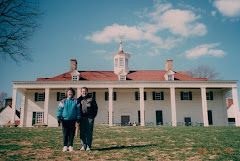The British troops intended for the defense of the colonies began to arrive in the Colonies. But Massachusetts, along with three other colonies, refused to find them quarters.Everywhere the presence of the soldiers gave great offense; but in Boston the people were less patient than elsewhere. [Boston was the headquarters for the Sons of Liberty,an organization that was headed by Sam Adams, cousin of John Adams.] Bostonians accused the soldiers of corrupting the morals of the town; desecrating the Sabbath with fife and drum; of striking citizens who insulted them; and of using language violent, threatening, and profane.
In this state of feeling, an alarm of fire called the people into the streets[of Boston] on the night of March 5,1770. The alarm was false, and a crowd of men and boys (many sailors and riffraff from the water front) having nothing else to do, amused themselves by taunting a lone British sentry posted in front of the Custom House. The time was shortly after nine. As a throng of several hundred converged at the cobbled square where the building was located, the lone guard was reinforced by eight British soldiers with loaded muskets and fixed bayonets. Shouting and cursing, the crowd pelted the despised "Lobster-backs" with snowballs, chunks of ice, oyster shells, and stones. In the perusing melee the soldiers opened fire, killing five men.
Samuel Adams was quick to call the killings a "bloody butchery" and to distribute a print published by silversmith Paul Revere. Revere's print vividly portrayed the scene as a slaughter of the innocent, and the term "Boston Massacre" was birthed.
Note: John Adams defended the British soldiers and their captain when they came to trial.
Friday, March 5, 2010
Subscribe to:
Post Comments (Atom)

No comments:
Post a Comment